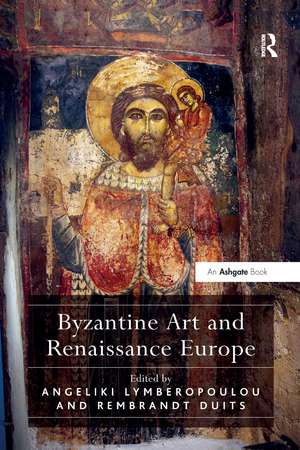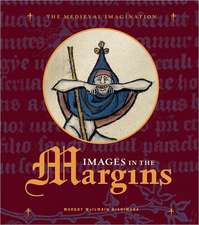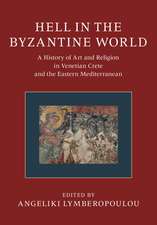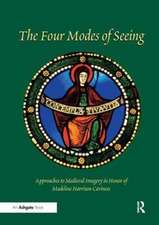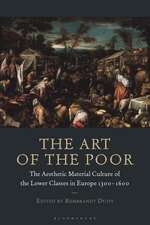Byzantine Art and Renaissance Europe
Editat de Angeliki Lymberopoulou, Rembrandt Duitsen Limba Engleză Paperback – 9 sep 2016
Preț: 337.39 lei
Preț vechi: 401.44 lei
-16% Nou
Puncte Express: 506
Preț estimativ în valută:
64.56€ • 67.40$ • 53.43£
64.56€ • 67.40$ • 53.43£
Carte tipărită la comandă
Livrare economică 04-18 aprilie
Preluare comenzi: 021 569.72.76
Specificații
ISBN-13: 9781138273870
ISBN-10: 1138273872
Pagini: 240
Dimensiuni: 156 x 234 x 18 mm
Greutate: 0.41 kg
Ediția:1
Editura: Taylor & Francis
Colecția Routledge
Locul publicării:Oxford, United Kingdom
ISBN-10: 1138273872
Pagini: 240
Dimensiuni: 156 x 234 x 18 mm
Greutate: 0.41 kg
Ediția:1
Editura: Taylor & Francis
Colecția Routledge
Locul publicării:Oxford, United Kingdom
Cuprins
Contents: Preface, Angeliki Lymberopoulou; Introduction, Angeliki Lymberopoulou and Rembrandt Duits; The Byzantine context, Lyn Rodley; Byzantine art and early Italian painting, Hans Bloemsma; Regional Byzantine monumental art from Venetian Crete, Angeliki Lymberopoulou; Candia and post-Byzantine icons in late 15th-century Europe, Diana Newall; Byzantine icons in the Netherlands, Bohemia and Spain during the 14th and 15th centuries, Kim Woods; Byzantine icons in the Medici collection, Rembrandt Duits; Index.
Notă biografică
Angeliki Lymberopoulou is Lecturer in Art History at The Open University, UK; Rembrandt Duits is Deputy Curator of the Photographic Collection at the Warburg Institute, University of London, UK.
Recenzii
'By focusing on material outside the art historical canon, this book fleshes out some concrete cases of cultural interaction between the Byzantine East and Western Europe. These examples provide interesting windows into the larger query about the relationship between the art of these regions ...' Studies in Iconography
Descriere
Byzantine Art and Renaissance Europe discusses the cultural and artistic interaction between the Byzantine East and Western Europe, from the sack of Constantinople by the Fourth Crusade in 1204 to the flourishing of post-Byzantine artistic workshops on Venetian Crete during the fifteenth and sixteenth centuries and the formation of icon collections in Renaissance Italy. The contributors examine the routes by which artistic interaction may have taken place, and explore the reception of Byzantine art in Western Europe, analysing why artists and patrons were interested in ideas from the other side of the cultural and religious divide. The book offers new perspectives and insights and re-positions late- and post- Byzantine art in a broader European cultural context.
